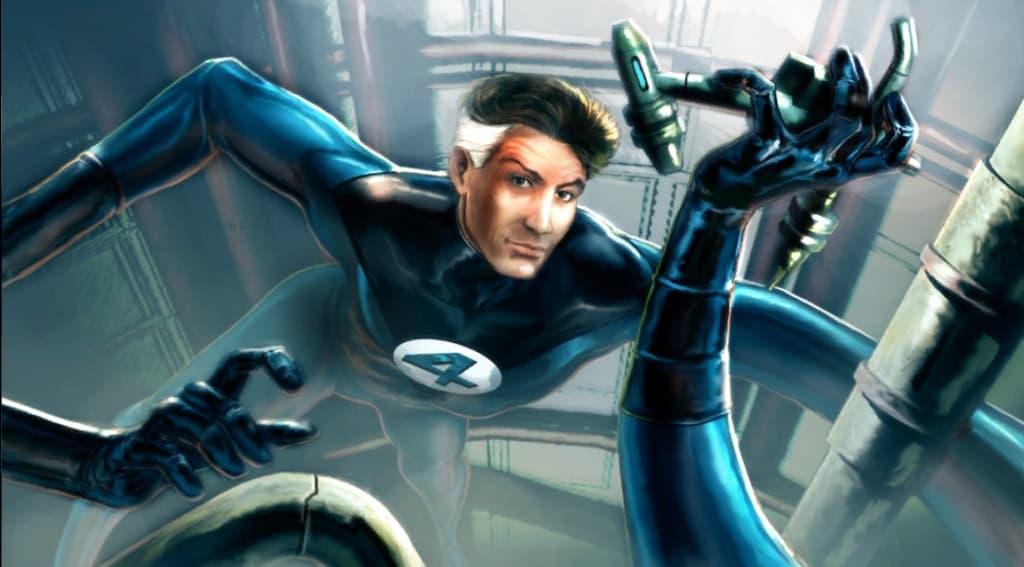On their own, comic books are built up as science fiction. The amount of amazing stuff that can happen in them is seemingly endless, with surprises around every corner. At the end of the day, however, most see this as fiction and nothing more. There aren’t any real science facts behind comic book characters, right? Actually, there is a surprising amount of real science used in comic books. Stan Lee, the creator of some of the greatest characters in Marvel Comics, claimed he wanted to differ from DC Comics when it came to science. He wanted some science in the play to explain characters or ideology.
This is why most of the characters used in Marvel have some science to back up why they are able to do things. However, just because Stan wanted the science to be in place…that does not mean the science he used is accurate. For example, gamma rays will not make someone become a Jekyll & Hyde-like monster. Even if a Hulk monster was created, slipping in and out would just be scientifically impossible. Due to Gammas basically being radiation, large exposure to it would likely give someone cancer or completely fry them to a crisp.
It’s cool that science is used to explain stuff, but sadly the science was not accurate. Yet that does not mean other Marvel characters cannot be explained using real science. The same can be said for characters from DC Comics among others. The real science behind comic book characters can even make the characters that much cooler. It could be objects they use or powers they may have, science can explain a huge amount of them. Therefore, we wanted to explain 40 different examples of this and tell you where real science and science fiction come into play.

40. Mr. Fantastic’s Stretching Ability
- Company: Marvel Comics
- Real Science Base: Synthetic Fibers
- Possible To Recreate: No
Reed Richards, professionally known as Mister Fantastic, is one of the top scientists in Marvel Comics. He, along with the rest of the Fantastic Four, developed their abilities via an encounter with cosmic radiation while in space. Richards can stretch great lengths and do so in a controlled way. Thus, also allowing him to go to any length and then return to his original form. Some products can stretch great lengths and return to their original shape on the market today.

